
Since its launch, Ethereum has been operating majorly on the proof-of-work mode – a process that involves users competing to solve cryptographic puzzles to add new blocks to the blockchain in order to earn ether rewards. It grows when people stake a share of their coin as collateral hoping to get selected to verify that a new block of data is correct. It also has minor operations using proof-of-stake mode (Beacon Chain).
In a bid to grow and become eco-friendly, Ethereum merges its mode of operations, and now uses proof of stake, a way to approve new transactions that promise to cut the blockchain’s energy requirements by 99% and usher in a new era for the second-largest cryptocurrency.
Proof of stake allows “validators” (similar to crypto miners who solve cryptographic puzzles in proof-of-work mode) to put a share of their crypto as collateral(staking) for the privilege of being randomly selected to verify that a new block of data is correct. As soon as a certain number of them agree on the correctness of a block, it is added to the blockchain, and the validators receive rewards.
The completion of the Ethereum merge led to the birth of Ethereum 2.0
What does this mean to you as an individual ETH owner?
Your ETH tokens which are held on the previous Ethereum chain will automatically be accessible on the Ethereum 2.0 chain and you do not need to do anything. The amazing thing about this is that the gas fees (brokerage fee) and processing speed are expected to stay the same.
All in all, the future is bright for Ethereum and its users. While there will be challenges along the way (including competition from other blockchain projects), Ethereum has the potential to become more efficient, more flexible, and even more lucrative to users within the cryptocurrency space as time goes on.
The implementation of proof of stake will eliminate the chance for an attack by hackers through the process of mining and ease off the pressure caused by Proof of Work (PoW).

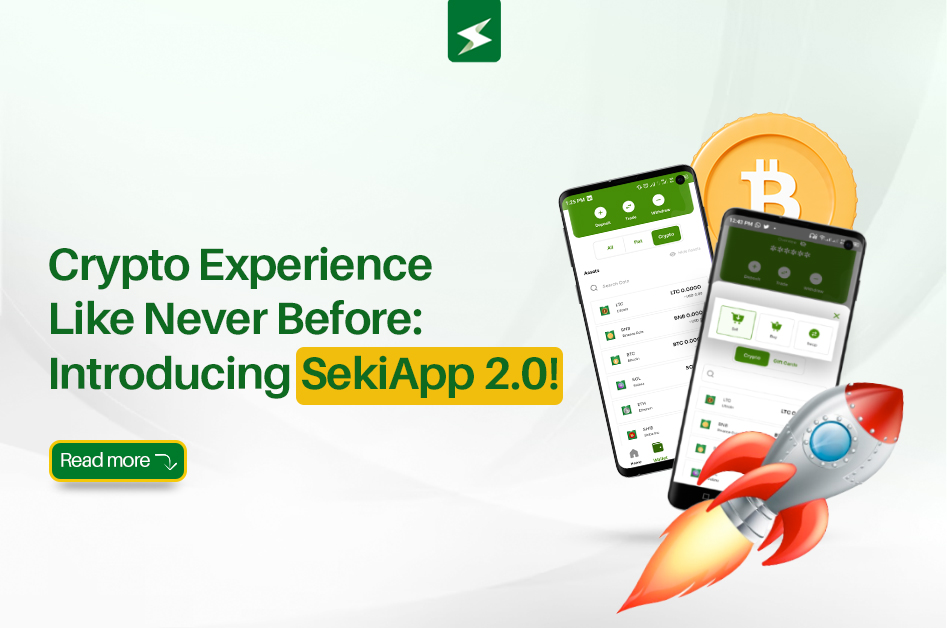

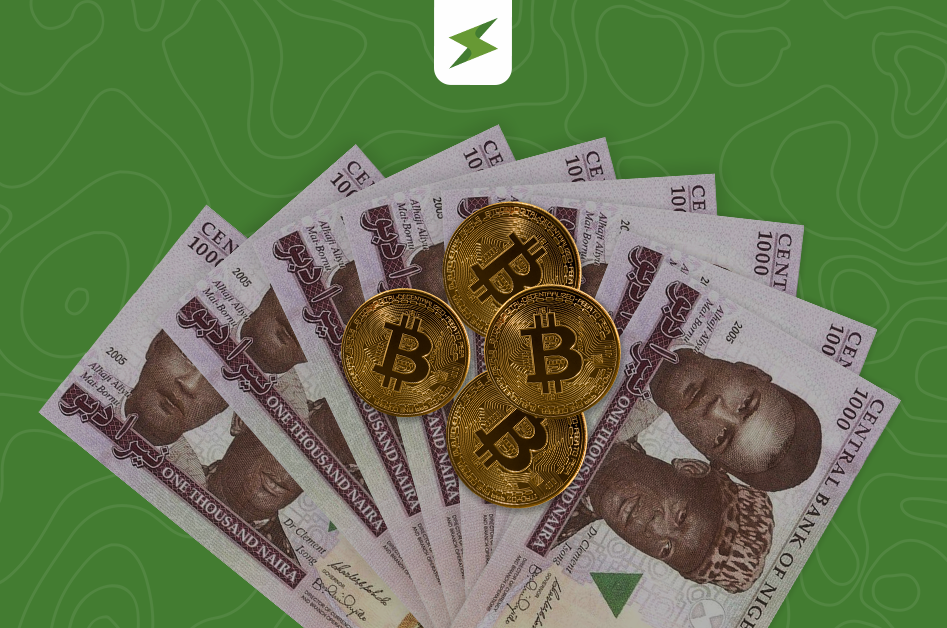


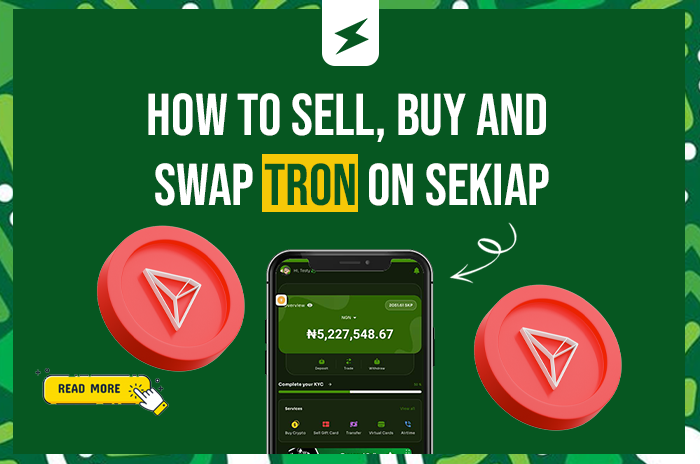

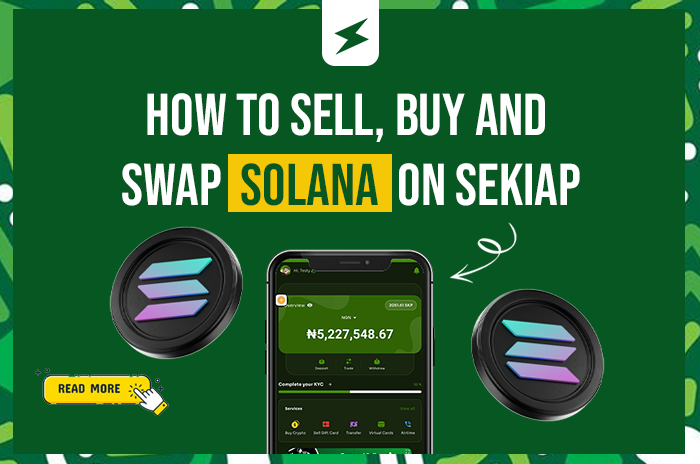
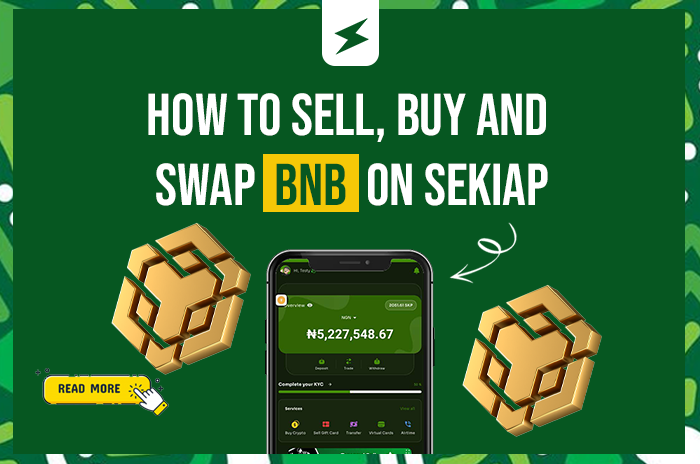

One Comment
[…] inefficiencies associated with Proof of Work. It’s used by some cryptocurrencies, such as Ethereum (ETH), and could potentially be used for other […]
Comments are closed.